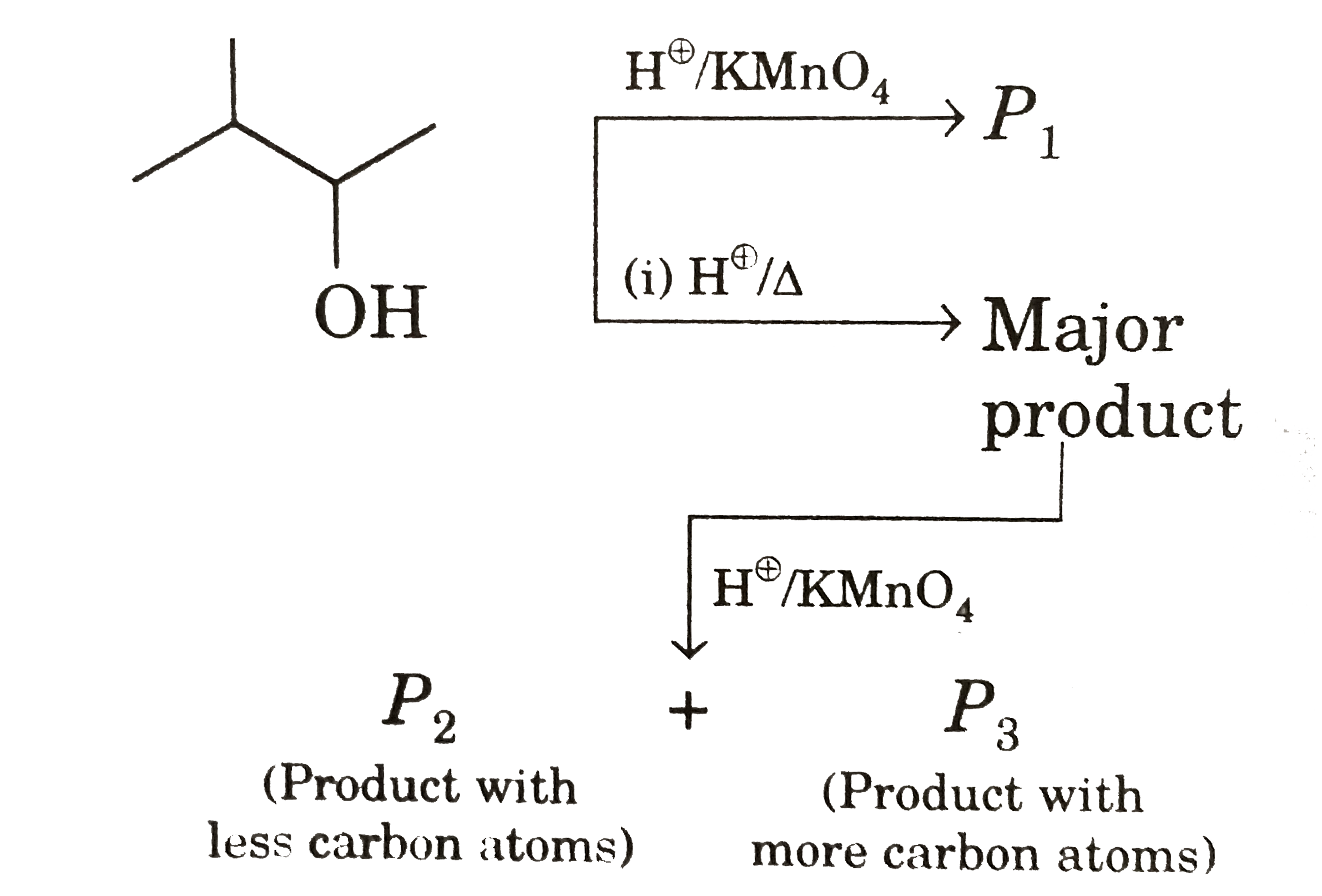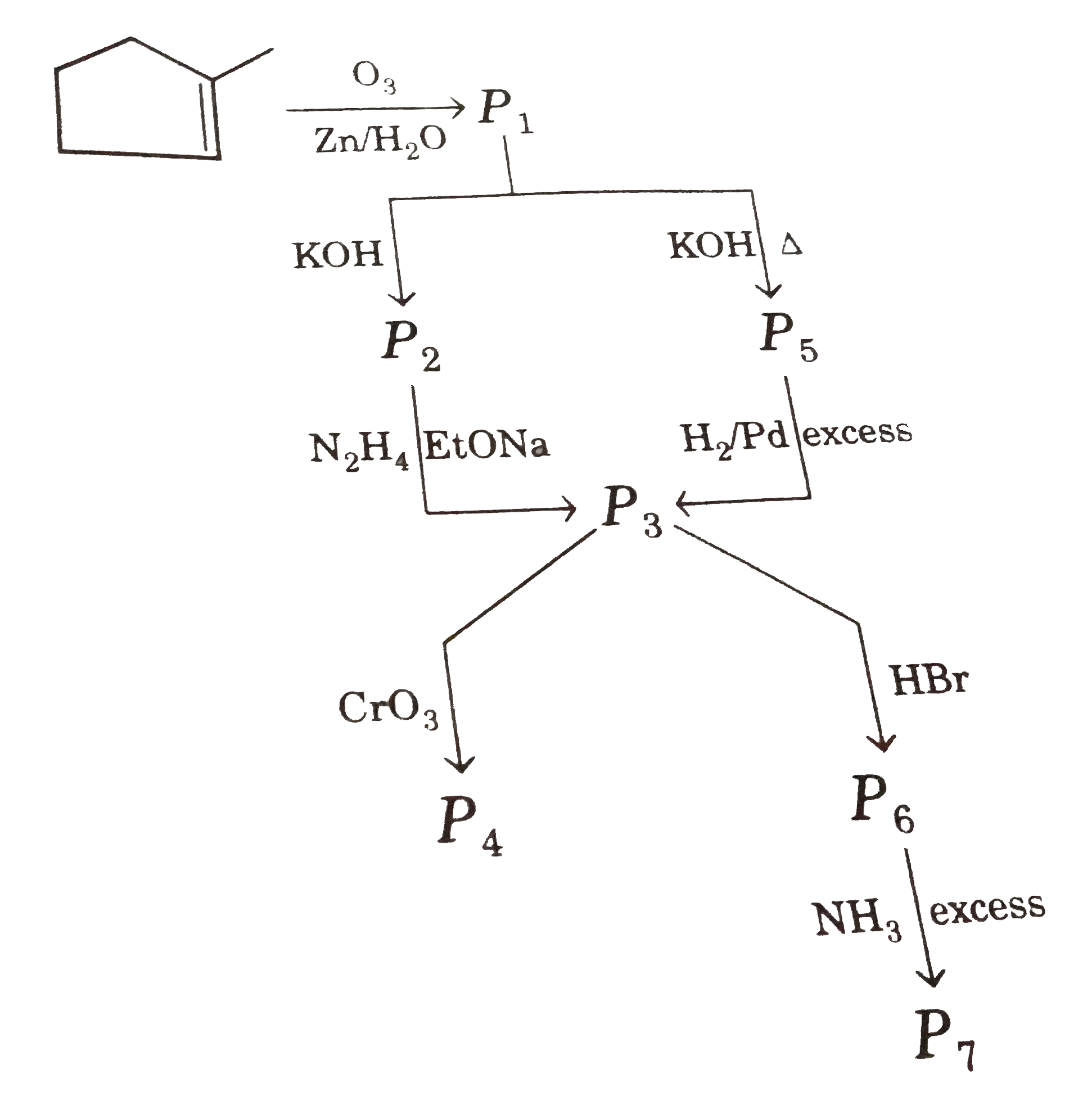Which of the following statement is not correct about dinitrogen.
N2 is a diatomic molecule.
Hydrogen bonding is absent in NH3
Nitrogen shows covalency of 3.
Nitrogen is chemically inert.
The correct Answer is:B
To determine which statement about dinitrogen (N2) is not correct, we need to analyze the provided options step by step.
Step 1: Identify the properties of dinitrogen (N2)
Dinitrogen, represented as N2, is a diatomic molecule consisting of two nitrogen atoms. It is known for its strong triple bond, which makes it chemically inert under standard conditions.
Step 2: Evaluate the statements
1. N2 is a diatomic molecule.
- This statement is correct. Dinitrogen consists of two nitrogen atoms.
2. Hydrogen bonding is absent in NH3.
- This statement is incorrect. Ammonia (NH3) does exhibit hydrogen bonding due to the presence of nitrogen, which is highly electronegative, allowing it to form hydrogen bonds with other molecules.
3. Nitrogen has a covalency of 3.
- This statement is correct. Nitrogen typically forms three covalent bonds in compounds, as seen in ammonia (NH3) and other nitrogen-containing compounds.
4. Nitrogen is chemically inert.
- This statement is also correct. The strong triple bond in N2 makes it relatively inert and unreactive under normal conditions.
Step 3: Identify the incorrect statement
From the evaluation, the statement that is not correct is: "Hydrogen bonding is absent in NH3." This is the only incorrect statement regarding dinitrogen and its properties.
Final Answer
The statement that is not correct about dinitrogen is: "Hydrogen bonding is absent in NH3."
---
Dinitrogen, represented as N2, is a diatomic molecule consisting of two nitrogen atoms. It is known for its strong triple bond, which makes it chemically inert under standard conditions.
1. N2 is a diatomic molecule.
- This statement is correct. Dinitrogen consists of two nitrogen atoms.
- This statement is incorrect. Ammonia (NH3) does exhibit hydrogen bonding due to the presence of nitrogen, which is highly electronegative, allowing it to form hydrogen bonds with other molecules.
- This statement is correct. Nitrogen typically forms three covalent bonds in compounds, as seen in ammonia (NH3) and other nitrogen-containing compounds.
- This statement is also correct. The strong triple bond in N2 makes it relatively inert and unreactive under normal conditions.
From the evaluation, the statement that is not correct is: "Hydrogen bonding is absent in NH3." This is the only incorrect statement regarding dinitrogen and its properties.
The statement that is not correct about dinitrogen is: "Hydrogen bonding is absent in NH3."
Topper's Solved these Questions
- BOOK - EDUCART PUBLICATIONCHAPTER - SAMPLE PAPER 02EXERCISE - SECTION - B24videos
SAMPLE PAPER 02
- BOOK - EDUCART PUBLICATIONCHAPTER - SAMPLE PAPER 02EXERCISE - SECTION - C6videos
SAMPLE PAPER 02
- BOOK - EDUCART PUBLICATIONCHAPTER - SAMPLE PAPER 01EXERCISE - SECTION-C5videos
SAMPLE PAPER 01
- BOOK - EDUCART PUBLICATIONCHAPTER - SAMPLE PAPER 04EXERCISE - SECTION C6videos
SAMPLE PAPER 04
Similar Questions
Knowledge Check
- Question 1 - Select One
Which of the following statement is correct about dinitrogen?
AN2 is a diatomic moleculeBHydrogen bonding is absent in NH3CNitrogen shows covalency of 3DNitrogen is chemically inert - Question 2 - Select One
Which of the following statement is not correct about transition metals
AThey have low M.PBThey shows variable O.SCThey tend to adopt closely packed structuresDThey have high lattice energy - Question 3 - Select One
Which of the following statement is correct about bile?
AIt helps in emulsification of fat.BIt helps in digestion of carbohydratesCIt helps in absorption of digested food.DIt helps in egestion of undigested food.

Which of the following statement is not correct about P2 ?View Solution
Which of the following statement is correct about P4 ?View SolutionELLINGHAM DIAGRAM
View SolutionWhich of the following statement is not correct about order of a reaction ?
View SolutionWhich of the following statement is not correct about order of a reaction ?
View Solution

